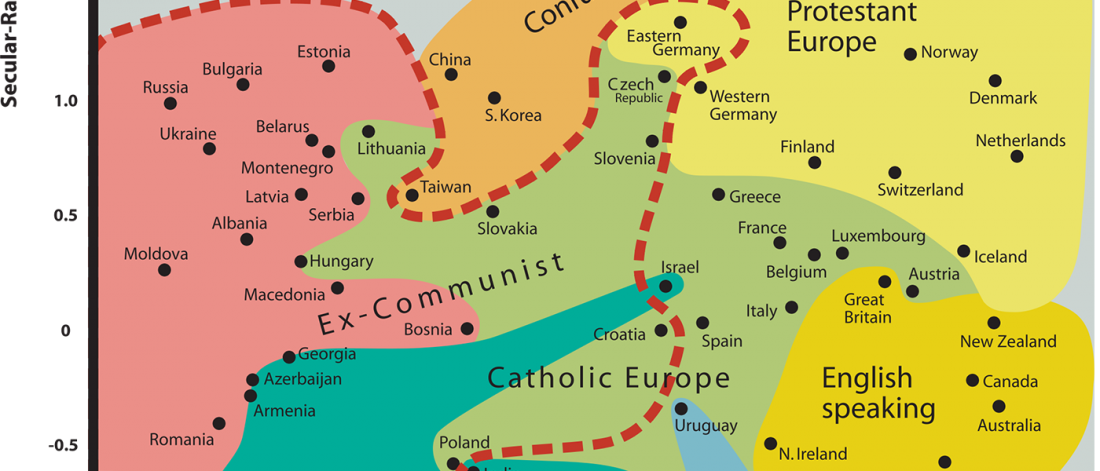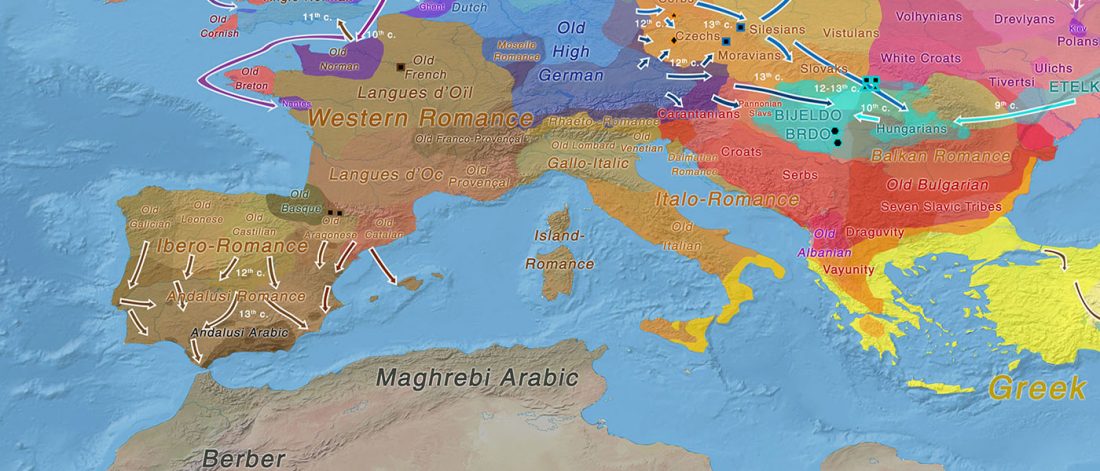Open access Deep cultural ancestry and human development indicators across nation states, by Roland B. Sookias, Samuel Passmore, & Quentin D. Atkinson, RSOS (2018).
Abstract (emphasis mine):
… Read the rest “Deep cultural ancestry and human development indicators across nation states”How historical connections, events and cultural proximity can influence human development is being increasingly recognized. One aspect of history that has only recently begun to be examined is deep cultural ancestry, i.e. the vertical relationships of descent between cultures, which can be represented by a phylogenetic tree of descent. Here, we test whether deep cultural ancestry predicts the United Nations Human Development Index (HDI) for 44 Eurasian countries, using language ancestry as

